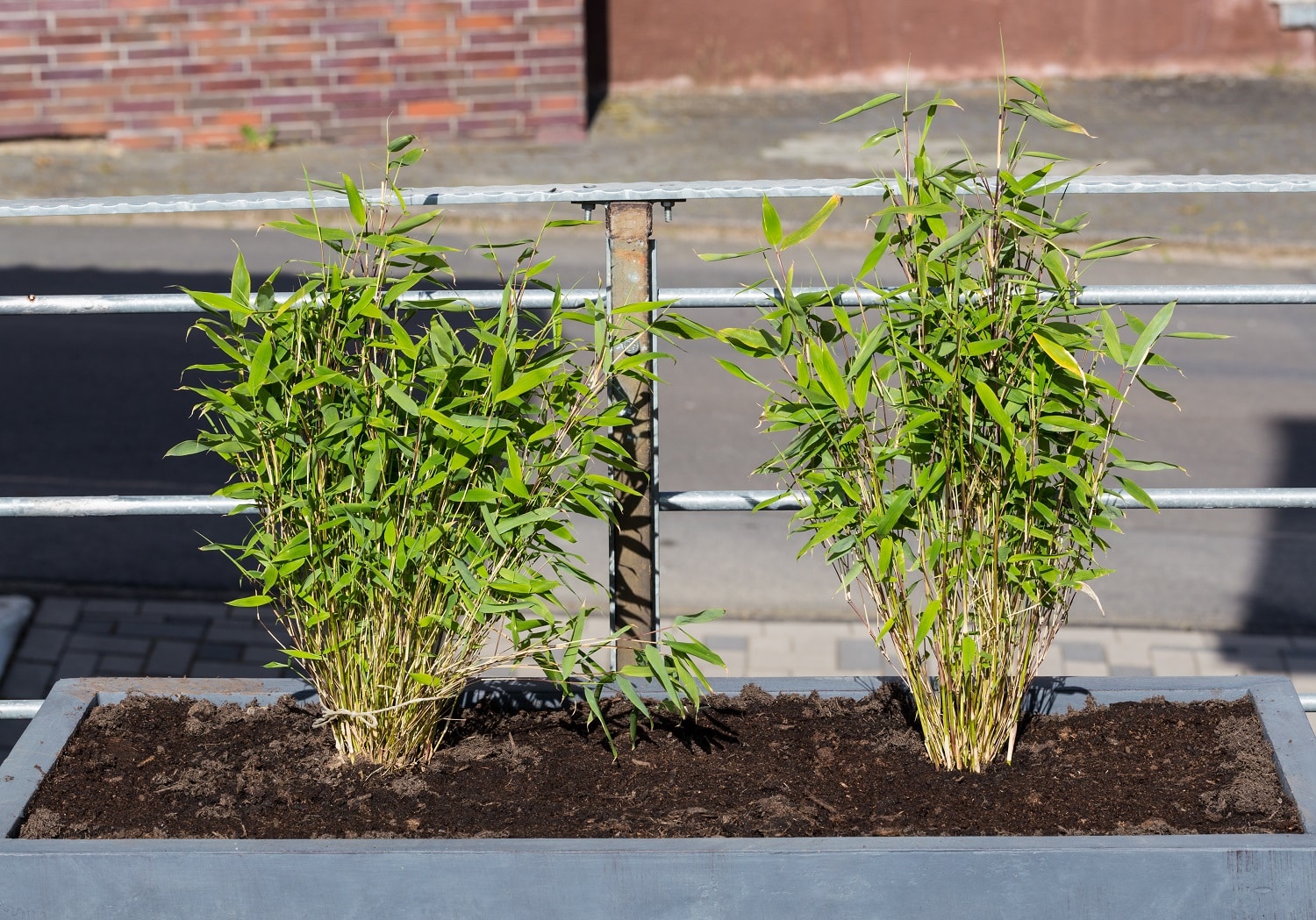
The Fargesia, the species of bamboo that will not invade you
The Fargesia bamboo species is the new darling of gardeners. They have all the advantages of bamboo, without the main drawback: a wandering soul. Dwarf or giant, there is bound to be something in this large family to find the right wise bamboo for you.
Please, no confusion. Not all bamboos are tireless invaders of lawns and beds. On the contrary, there are species with a more homely character that avoid invasion problems, making the gardener who grows them as zen as the atmosphere they create in the garden.
The Fargesia species is one of these non-invasive bamboos…
It’s all in the rhizome
Fargesia bamboos grow from a clumping root ball, which means that new shoots emerge from the stump, growing vertically as close as possible to it. These are called pachymorphic rhizomes. On the contrary, the so-called tracing bamboos (Phyllostachys, Pseudosasa…) emit shoots from leptomorphic rhizomes, which crawl horizontally away from the stump. Cespitose bamboos grow in dense groves, while trailing bamboos are scattered everywhere. The main interest of the cespitose species is that their planting does not require the installation of an anti-rhizome barrier to contain them.
A very large family
The Fargesia species is native to the mountains of China and belongs, like all bamboos, to the poaceae family, i.e. the grasses. It has dozens of botanical varieties, sometimes crossed between them by horticulturists to obtain new cultivars. It is a very hardy species, able to endure Siberian temperatures of -12 ° C to – 30 ° C for the most resistant. Its typical profile is that of a plant with average growth, preferring the half-shaded situations and the neutral, humusy, fresh, wet soils but without excess. But some varieties adapt to unusual conditions for bamboo. Thus, Fargesia robusta resists well to hot and sunny situations, F. rufas ‘accomodates limestone soils. The variety F. murielae, with many cultivars, is also called umbrella bamboo, because of its beautiful bending habit. Finally, some varieties have colored culms (stems), red, bluish, yellow…
All the advantages of bamboo
Fargesia bamboo differs from the classic bamboos by its thinner culms, of the order of 1 to 2 cm in diameter only, and its growth in groves. They adapt very well to planting in pots, especially to hide the opposite on balconies, provided they are regularly fertilized. They are also excellent hedge plants, because the density of the groves, their evergreen and thick foliage, including at the base of the culms, constitute very good windbreaks and privacy screens. By choosing a variety whose natural height corresponds to the one you are looking for, you will not even need to prune them and the maintenance will be almost null. Depending on the variety, you are bound to find what you are looking for among the thirty or so cultivars commonly sold, from the smallest F. murielae “Bimbo” (100 cm) to the largest F. papyrifera (7 m).

